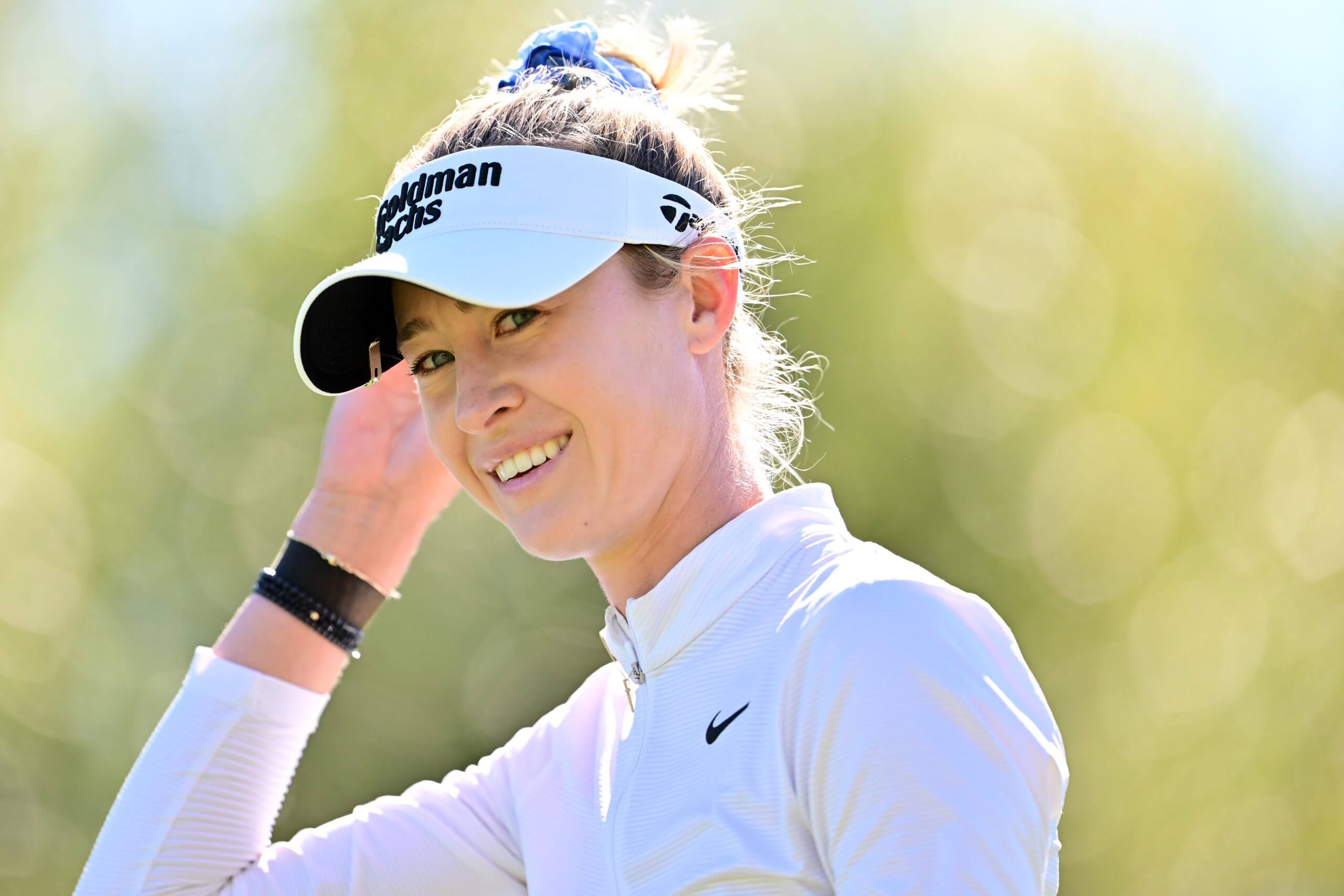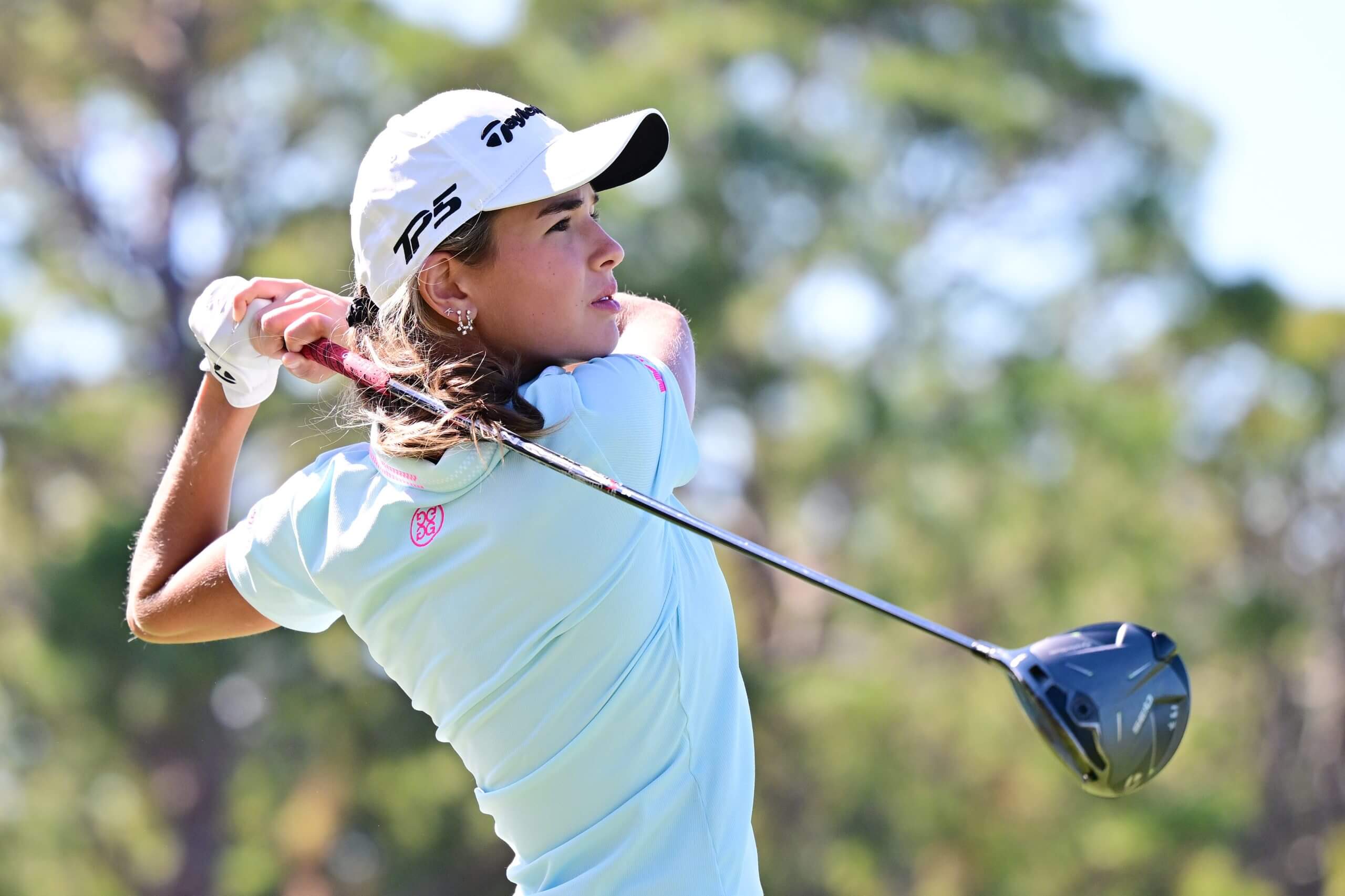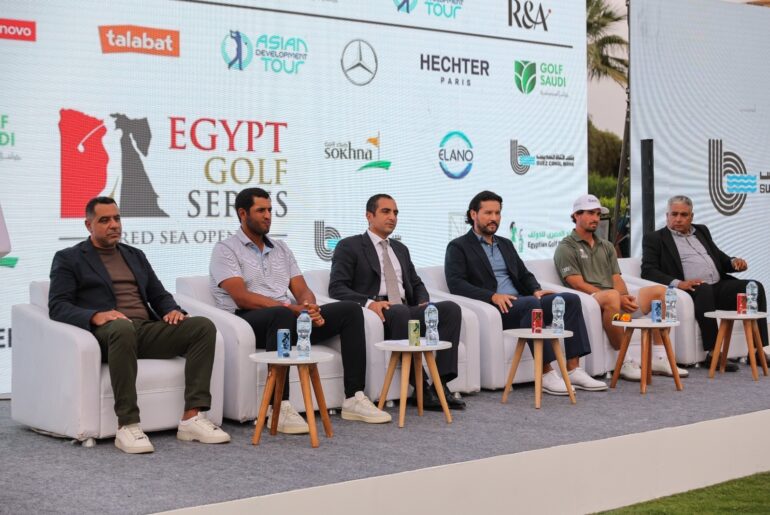Craig Kessler, the LPGA’s newest CEO, inherited a tour in flux. The LPGA — which celebrated its 75th anniversary in 2025 — faces a lack of transcendent stars, a suboptimal TV contract, and a turbulent relationship with sponsors. And the tour is confronting those hurdles at a time when women’s sports, namely the WNBA and women’s soccer, are thriving. The LPGA has failed to capitalize on that moment — so far.
Kessler’s predecessor, Mollie Marcoux Samaan, helped raise purses on the LPGA to record highs. However, players largely agreed that the previous administration was plagued by communication and organizational issues. Kessler, 39, came from a consulting background before transitioning into golf at TopGolf and then the PGA of America, and tells The Athletic that he is committed to finding the LPGA’s “breakthrough moment.”
On Tuesday, the tour announced that beginning in 2026, all of the LPGA’s North American tournaments will be shown live on TV. No more tape delays, a relic of sports broadcasting past that the biggest women’s golf tour in the world was still dealing with. Broadcasts will air on Golf Channel and CNBC to make that happen, and also be better supported: Drones, slow-motion cameras and more microphones will help the week-to-week viewing experience feel more like watching a major championship.
Ahead of the LPGA Tour’s season finale, the CME Group Tour Championship, The Athletic asked Kessler about these developments, in addition to the LPGA’s deepened partnership with Golf Saudi, Kai Trump’s sponsor exemption and capitalizing on collaboration with the men’s game. His responses have been lightly edited for clarity.
FM, Trackman and Golf Channel are stepping up to support broadcast enhancements in 2026 — why now? What was missing from the LPGA that got these deals over the edge?
We’ve done a really big piece of research with our fans to understand what they say about the LPGA. The number one request from our fans is to improve the quality of the broadcast, so that’s where we’ve focused our efforts. I’m thrilled with where we’re heading. FM is coming in to fund 50 percent more cameras, drones and three times the amount of microphones. Trackman is coming in with tracing technology. Golf Channel is stepping up and agreeing to ensure 100 percent of our North American events are shown live on TV. I think fans in 2026 are going to experience the LPGA in a way they’ve never experienced it before.
What does the LPGA need to do not just to satisfy the viewers that are already watching, but to get new fans to tune in and keep watching?
The quality of the broadcast is table stakes. If we went out and ran a fan acquisition strategy and tried to get people to watch, and they tune in and they don’t like what they see, we may never get a second bite at the apple. So that’s why we’ve started there. Now that we’ve got a product that will be better than ever before, your question is the perfect question to ask. Our team is now working on the detailed plans to bring new fans into the fold. From my own personal experience, what I would say is, as I’ve watched people get their first exposure to the LPGA and specifically to our athletes, they fall in love. And now the task in front of us is figuring out how to create that exposure for as many people as fast as we possibly can.
As commissioner, how will you reshape the LPGA’s media rights agreement with the PGA Tour leading up to its expiration in 2030?
Media rights are the lifeblood of our organization, so we’re constantly spending time on how to create new, monetizable media rights and how to lean into our existing deals. Obviously, we won’t comment on the specifics of any one individual deal, but know that this is and will always be an area we’re laser-focused on.
The LPGA attracted increased engagement last week with Kai Trump as a sponsor exemption. How much should the LPGA be relying on external forces to garner attention?
Here’s the one thing I’ve learned 120 days into the job. There is no silver bullet solution to solving for our aspirations. It’s going to take a variety of things. It’s elevating the quality of the broadcast. It’s creating deep emotional connections between our players and our fans. It’s bringing in new marketing sponsors who have megaphones that will help us reach existing fans and prospective fans. It’s reinvesting back into the product so that we continue to inspire future generations to tune in and watch us. So I think that’s a long way of saying there are a variety of levers, or a variety of things that will help us, but I don’t expect one thing to be enough.

Fans will find it easier to watch Nelly Korda and other stars in 2026. (Julio Aguilar / Getty Images)
Were you comfortable with someone of Trump’s experience competing in a full-field LPGA event? Is there a line to be drawn for sponsor exemptions?
We actually do have established criteria on what it takes to be granted a sponsor exemption, and Kai met those criteria. (Editor’s note: Amateurs must have a handicap of 2.0 or less.) I will tell you, having been on the ground at Pelican last week, the energy was electric. I was there for the pro-am and had a chance to see the crowds that Caitlin Clark and her teammates attracted. I had a chance to meet Kai and hear her youthful enthusiasm and excitement for having a chance to play in her first LPGA Tour event. I was there when Nelly (Korda) dropped her new Nike shoe. The combination of all these things, again, just gets me really excited for the type of energy we can create.
We’ve seen tremendous growth with WNBA and women’s soccer. Walking in the door at the LPGA, what were some missed opportunities you noticed for growth?
I see so much opportunity in front of us and things that we’ve chosen to address in my first 120 days, to take those opportunities into account. So I’ll give you an example. Quality of the broadcast is one; the schedule is No. 2; our deal with the Ladies European Tour, our co-sanctioned event with the Ladies European Tour and Golf Saudi would be a third. All of those areas are key to the LPGA taking advantage of the opportunity in front of us.
Why is the LPGA partnering with Aramco, and what makes Aramco a suitable partner for the LPGA?
Well, let’s start with a little bit of history. The LPGA and the Ladies European Tour have been partners for quite a while now, and the Ladies European Tour and Golf Saudi have also been partners for a while. We are thrilled to join that ecosystem and do our small part to help unify the women’s global golf game.
Did you have a choice of whether or not to accept a partnership with the PIF? What went into that decision?
We thought long and hard about it again, doing our part to unify the women’s game and to elevate our athletes, and this felt like a natural extension of our work with the LET and the LET’s pre-existing work with Golf Saudi.

Kai Trump participated in her first LPGA event before making a USGA event. (Julio Aguilar / Getty Images)
What lessons can the LPGA learn from a sport like tennis and its collaborative efforts with the men’s game? The U.S. Women’s Open and the U.S. Open will happen at the same site, Pinehurst No. 2, in 2029, but do you have thoughts on how the LPGA can leverage the men’s game?
As a guy who lived for six or seven years in New York City and still goes to the U.S. Open in Flushing Meadows, and is a massive fan of what they’ve built, I love the question. I think collaboration is the key to success in sports and outside of sports, and there are lots of lessons to be learned from it. I love that you’ve pointed out the men’s and U.S. Women’s Open going to Pinehurst in back-to-back weeks. I also see examples of what we do with Grant Thornton and the PGA Tour, where we bring LPGA and PGA Tour athletes together as another great example of the power of partnership. Our hope is that that continues to grow in years to come.
Are there specific inquiries or topics or demands that players have made since you’ve come on board that you’ve been surprised by? Have there been trends in your conversations with players?
Building trust with the players has been, honestly, one of the best parts of my job over the last 120 days. We had a player meeting last week, and we shared the news about what’s to come in terms of the broadcast, and the room erupted. At one point, I asked the players to raise their hands if they’re now willing to do their part to lean in and participate in some of the storytelling we’ve talked about, and virtually every hand in the room went up. So I’m very optimistic about what the future holds in terms of player involvement.
I meet the players wherever they are. So that means playing in pro-ams, hanging out in the clubhouse during rain delays, and visiting them in their hometowns to have a meal. It means constant phone calls and text messaging. The more touchpoints, the better, because I really want these athletes to know they have a commissioner who believes in them, who cares about them, and is going to fight like hell to take the LPGA to the next level.
What is the biggest challenge in helping the LPGA reach its fullest potential?
We exist in what I would call the attention economy. And we are fighting for fans’ attention. We’re competing not just against sports, but a night out at a restaurant. Watching something on TV. Anything that competes for folks’ attention, we’re battling against that solution set. So it’s our job to be more interesting, to be more cutting edge, to be more relatable, and that’s the task ahead of us.
The broadcast enhancements are a big move. What’s next?
I’m incredibly proud of our team. I’ve been here 120 days. We have a transformational announcement. I think our work toward unifying the women’s golf game with the LET and Golf Saudi, those are two things to be very proud of, and now it’s time to deliver. We actually have to execute against both of those things. In terms of what’s next, we’re on a path to creating the LPGA’s breakthrough moment, and you’ll know it when we’re there. Everything we do is going to be with an eye toward getting to that breakthrough moment and celebrating the athletes and their amazing stories.







